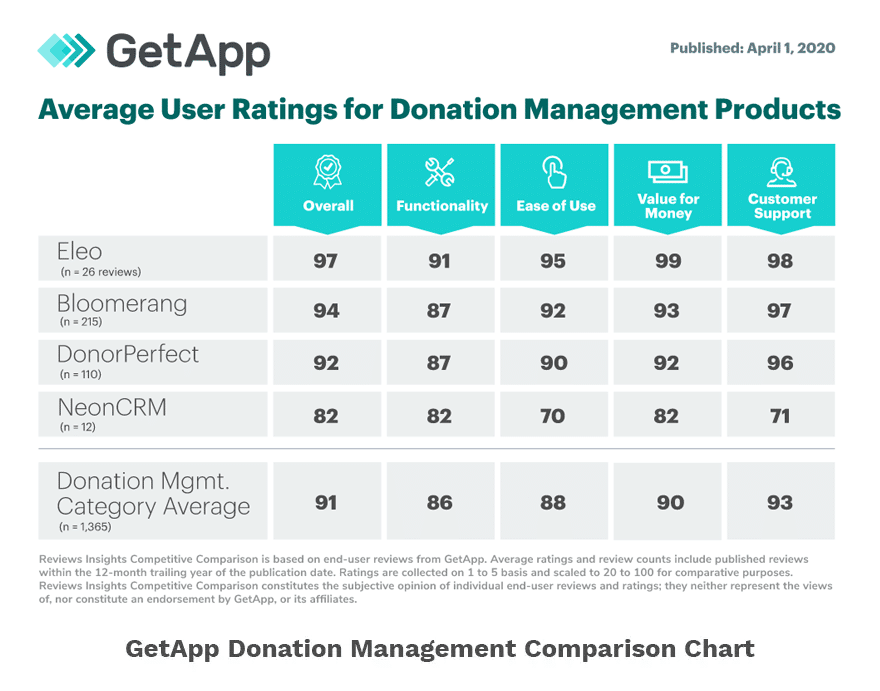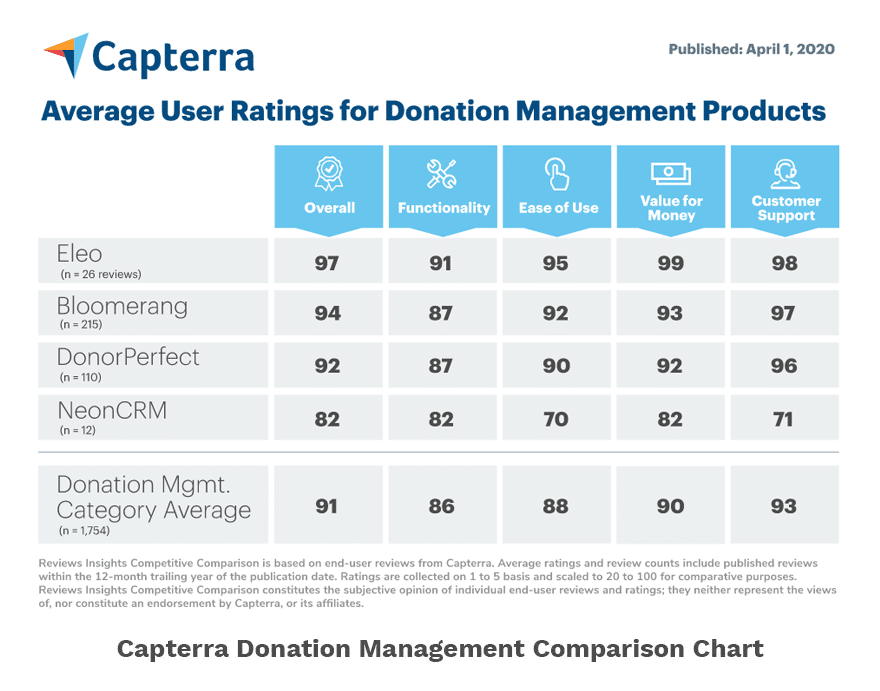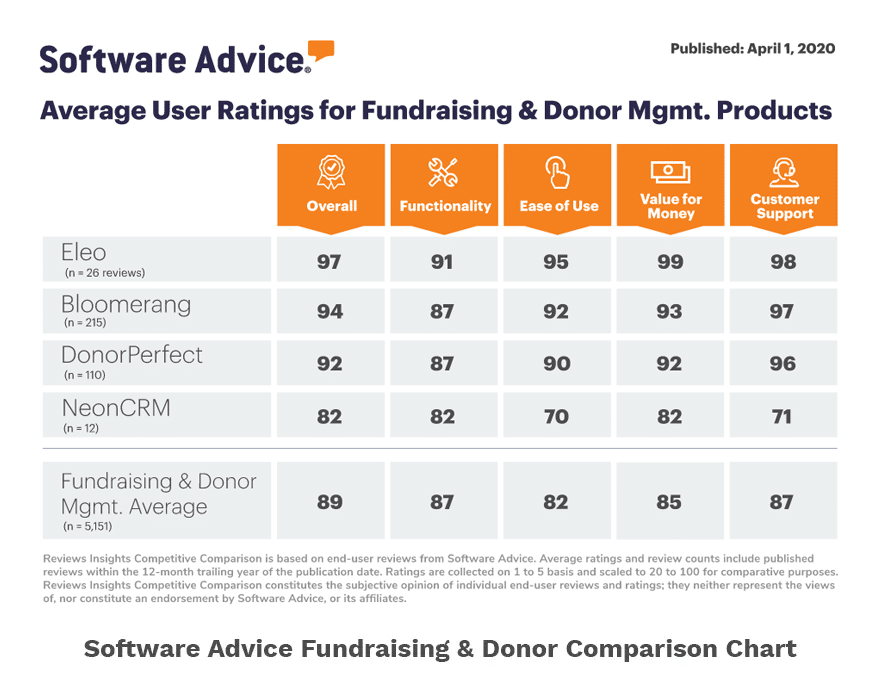
For nonprofits, a new year means it is time to start prepping donor year-end tax letters. After a busy few months of planning and executing your nonprofit’s end-of-year campaigns, starting this task may seem daunting. But below we have laid out actionable steps (with tips and resources) your organization can take to start the process early and *hopefully* avoid any extra stress from having to do all the pieces under a time crunch.
1) Record All Donations
Before you can begin to send your donor year-end tax letters, all gifts from the previous calendar year need to be input into your database, or wherever your nonprofit tracks donations. This includes miscellaneous checks, in kind donations, gifts given at events, monies from sponsorships, anonymous gifts, etc. Any money, goods, or services you received, enter it into your tracking system.
Promptly recording gifts you receive, instead of waiting until December or January, is an important practice to implement at your nonprofit and to not let slip. It will make it more manageable and reduces the chance of your nonprofit accidentally omitting a donation.
2) Create your Donor Year-End Tax Letter Template
Donor year-end tax letters should be a one-page, straightforward document that itemizes a donor’s individual gifts from the prior calendar year. You can start creating your template now, so in January you only need to merge in the donor’s details and donation(s) information.
To ensure the acknowledgment letter is IRS compliant so donors can use it to claim that deduction on their individual income tax return, it must include:
- Name of your organization (and recommended to include you EIN).
- Tax status of your organization, 501c3 tax-exempt.
- List donation(s): date(s) it was received and amount(s) given
-
Description (but not value) of non-cash contribution;
-
Statement that no goods or services were provided by the organization, if that is the case;
-
Description and good faith estimate of the value of goods or services, if any, that organization provided in return for the contribution; and
-
Statement that goods or services, if any, that the organization provided in return for the contribution consisted entirely of intangible religious benefits, if that was the case.
Sources:
- IRS’s Charitable Contributions – Written Acknowledgments
- IRS’s Charitable Contributions, Substantiation and Disclosure Requirements
3) Recommended: Write a Thank-You Cover Letter to Include
Your tax receipt is not a thank you letter! So in addition to your donor’s tax receipt, we recommend creating a ‘Thank-You Cover Letter.’ Mail both your end-of-year tax statements and cover letter to each applicable supporter. This is a great opportunity to provide your donors with important financial information, while simultaneously showing appreciation.
There are a couple of ways to take your thank-you cover letters to the next level. One way is by personalizing your thank-you letters using lists to segment your donors. We talk about this further below in #4.
Another way to make your thank-you stand out is by including pictures. Images can be powerful and moving, but keep this letter positive. Show images of what was accomplished over the past year and those who’s lives were improved because of the donor’s support. This will hopefully instill your donors with a sense of pride in what their donation helped with and they will want to continue to be apart of that.
These extra steps will help strengthen your donor relationships and increase donor retention.
4) Run Reports & Create Lists
Reports and lists will help your organization ensure that every donor is thanked and receives the proper tax documentation. To get started, pull a list of donors who gave $250 or more, in the 2021 calendar year. It’s also important to note that your tax receipts will need to be itemized. So, in addition to knowing who qualifies for a letter (anyone that’s given $250 the previous year), it will be helpful to pull a report that lists each supporter’s individual donations.
As mentioned above, you can use lists to segment your donors and personalize their thank-yous. Some groups of donors you may want to consider creating unique thank-yous for are:
- Sponsors
- Different giving levels
- New donors
- 5 year, 10 year, 20 year donors and so on
Each nonprofit is unique, so think about the donor groups that make up supporters to help figure out how you can most effectively segment your lists for personalized thank-yous.
5) Send your Donor Year-End Tax Letters by January 31st
Your nonprofit should aim to have donor statement letters out by January 31st. This gives your donors ample time to prepare for tax season, while simultaneously allowing you wiggle room, if you’ve made a mistake or forgotten someone.








